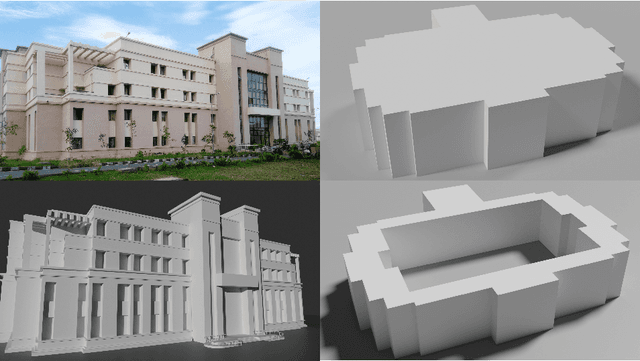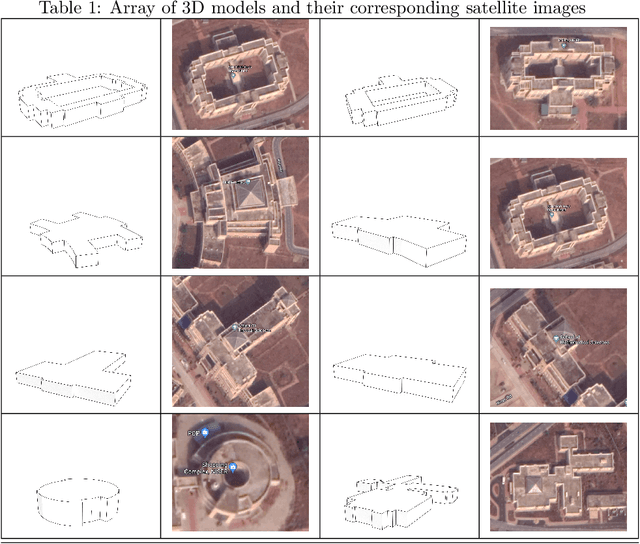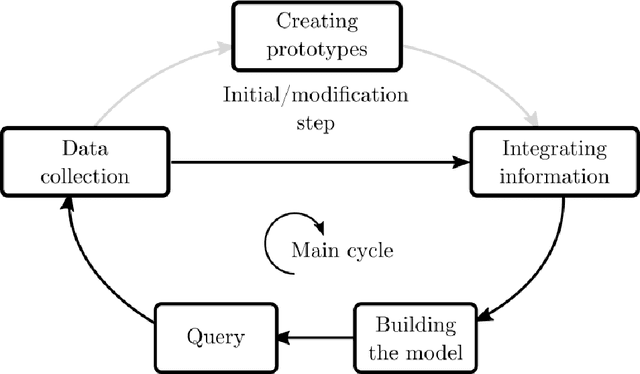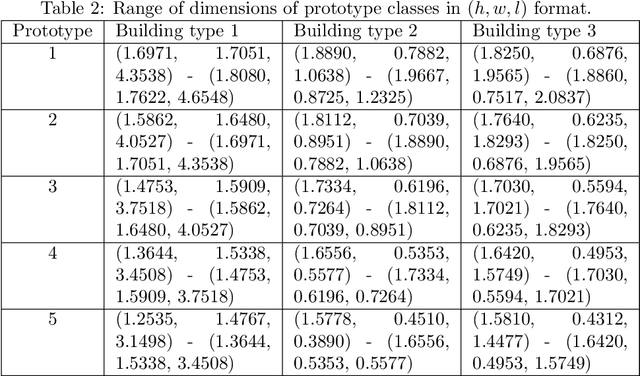Annada Prasad Behera
Neural directional distance field object representation for uni-directional path-traced rendering
Jun 28, 2023Abstract:Faster rendering of synthetic images is a core problem in the field of computer graphics. Rendering algorithms, such as path-tracing is dependent on parameters like size of the image, number of light bounces, number of samples per pixel, all of which, are fixed if one wants to obtain a image of a desired quality. It is also dependent on the size and complexity of the scene being rendered. One of the largest bottleneck in rendering, particularly when the scene is very large, is querying for objects in the path of a given ray in the scene. By changing the data type that represents the objects in the scene, one may reduce render time, however, a different representation of a scene requires the modification of the rendering algorithm. In this paper, (a) we introduce directed distance field, as a functional representation of a object; (b) how the directed distance functions, when stored as a neural network, be optimized and; (c) how such an object can be rendered with a modified path-tracing algorithm.
eBIM-GNN : Fast and Scalable energy analysis through BIMs and Graph Neural Networks
May 21, 2022



Abstract:Building Information Modeling has been used to analyze as well as increase the energy efficiency of the buildings. It has shown significant promise in existing buildings by deconstruction and retrofitting. Current cities which were built without the knowledge of energy savings are now demanding better ways to become smart in energy utilization. However, the existing methods of generating BIMs work on building basis. Hence they are slow and expensive when we scale to a larger community or even entire towns or cities. In this paper, we propose a method to creation of prototype buildings that enable us to match and generate statistics very efficiently. Our method suggests better energy efficient prototypes for the existing buildings. The existing buildings are identified and located in the 3D point cloud. We perform experiments on synthetic dataset to demonstrate the working of our approach.
 Add to Chrome
Add to Chrome Add to Firefox
Add to Firefox Add to Edge
Add to Edge